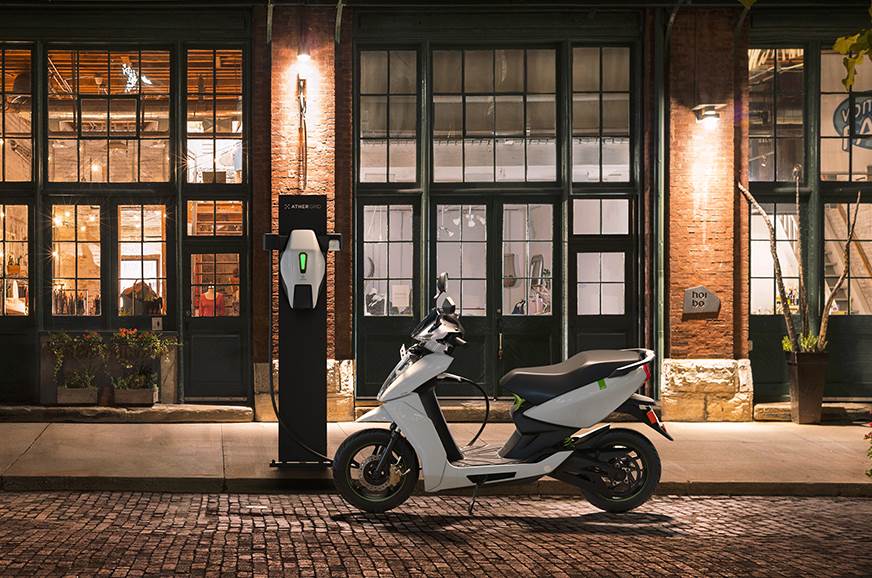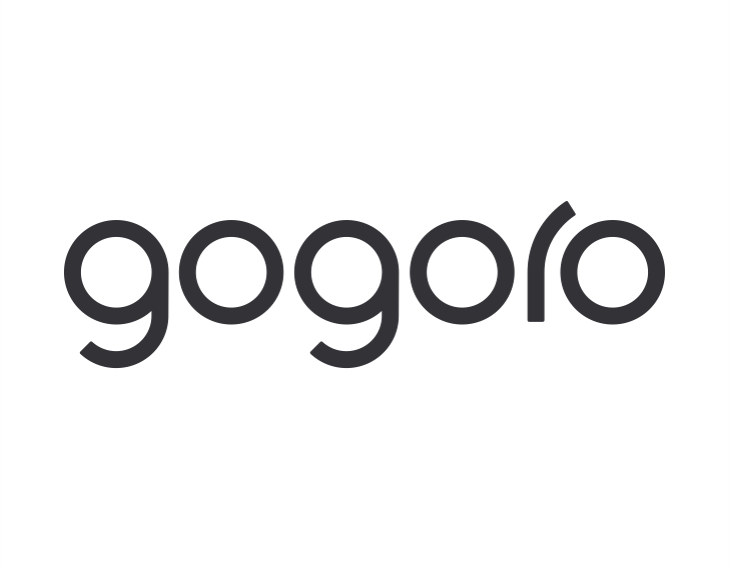123Fab #55
1 topic, 2 key figures, 3 startups to draw inspiration from

Last week Ola Electric — the electric vehicle arm of ride-hailing giant Ola — raised $100 million in debt from the Bank of Baroda. The money will be used towards closing the first phase of development of its 500-acre factory, which is expected to manufacture 10 million electric two-wheelers a year at full capacity and 15% of the world’s e-scooters by 2022.
Other two-wheeler manufacturers have made important announcements regarding their move into the electric segment. Harley-Davidson earlier this month introduced the first e-motorcycle under its new LiveWire brand. The company is entering the EV arena in the face of competition from several e-motorcycle startups that are attempting to convert gas riders to electric. One of the leaders is California-based startup Zero Motorcycles, which has 200 dealers worldwide. Meanwhile, Lime added a new member to its electric vehicle family in January: e-mopeds. Currently being piloted in Paris and Washington DC, these mopeds are manufactured by NIU, a Chinese company that also supplies mopeds to New York City-based mobility company Revel.
Before we proceed with our analysis, a note on terminology. Some people refer to e-mopeds as e-scooters or vice versa. For others, the term e-moped is used interchangeably with e-motorcycle. For clarity, at Aster Fab, we define e-motorcycles as electric vehicles with an engine size greater than 150cc, e-mopeds with an engine size smaller than 150cc. E-scooters have a floorboard that one can stand on and do not exceed a speed of 15mph.
As the electrification of the automotive industry advances, the electrification of two-wheelers is slowly following the same path, but with less enthusiasm. After the proliferation of e-scooters, the first e-mopeds and e-motorcycles are beginning to hit the market. While BMW has led the electrification efforts in the motorcycle market so far, the momentum for e-motorcycles is gradually building among major manufacturers. Relatively silent on the subject in recent years, Yamaha last month announced its commitment to achieving full lifecycle carbon neutrality for its products by 2050. The company sees itself selling 90% of electric motorbikes by 2050. Honda has also begun filing its first patents. E-motorcycles have less growth potential than e-mopeds, but this electrification revolution is driven by a combination of forces:
- Climate regulations and incentives — two-wheel EVs (E2Ws) and three-wheel EVs (E3Ws) are driven by government regulations and incentives to reduce carbon emissions. In China, internal combustion engine (ICE) engines were banned in 2011. More recently, e-motorcycles and e-mopeds will be exempt from paid parking as of January 2022 in Paris.
- Falling battery prices and lower total costs of ownership — over the next few years, the price of batteries is expected to drop from $200-$280 per kilowatt-hour to $90-$130. This is expected to decrease the cost of ownership and potentially propel demand.
- The emergence of innovative go-to-market models — battery-as-a-service is an example of an innovative model. By decoupling the battery from the sale of the vehicle, as well as greatly improving convenience through express refueling, this model reduces up-front acquisition costs.
- The desire for high-end connectivity — for some consumers, electric two-wheelers are more appealing than standard ICE vehicles because of their higher connectivity.
Despite government incentives, electric two-wheelers are facing the same barriers to adoption as the automotive market. Primary concerns are battery life, limited charging infrastructure and lack of models. For e-motorcycles, additional impediments include the range requirements of consumers (250 miles or more), lack of consumer acceptance (no sound, vibration or engine heat) and ultimately the lack of participation of major manufacturers. Thus, battery swapping will play a key role in accelerating electric two-wheeler adoption. Honda, Yamaha, KTM and Piaggio pushed further into this space in March by announcing their intention to create a swappable battery standard. Indeed, battery swap business models reduce or eliminate market barriers around extended charging times, range anxiety, high upfront costs and battery reliability because riders easily can carry and switch out batteries on the go. Quintessentially a two-wheeler country, India is an exception leading the way with its government incentives and its entrepreneurship (driven by Hero Electric, Ather Energy, Ampere, Okinawa and many more). Just like in China, Vietnam, Indonesia, Thailand, the Philippines, the high urban density rates and high percentages of households that own two-wheelers make these countries best suited for electric two-wheelers. In fact, more than 2 million electric rickshaws are currently running on Indian roads.
Globally the landscape is highly fragmented with many players competing intensely for market share. New entrants even dominate the market in some regions, preventing traditional OEMs from having the same market share as with ICE vehicles. At the same time, other players are tapping into the emerging opportunities associated with electric two-wheelers. Energy companies and utilities, such as Tata Power in India, are acquiring EV-charging infrastructure and capturing upstream value by expanding their offer to battery management systems. While Tier-1 suppliers are moving into new product segments such as electric power trains and retrofit kits. Thus electrification, along with vehicle automation and many other disruptions, is reshaping the traditional value pool.
In conclusion, it is undeniable that the two-wheeler market is gaining momentum worldwide (especially in emerging markets) and that well-established OEMs and startups are tapping into the opportunity to capture new value. Although adoption in the e-motorcycle segment is much lower than for e-mopeds, both markets are expected to grow in the near future, despite the widespread charging infrastructure required. Given the intimate link between electrification and autonomy, the unanswered question is whether it will be traditional OEMs or new entrants with strong software capabilities (such as Tesla in the automotive industry) that will lead the two-wheeler electrification revolution. For e-mopeds, pure players appear to be in a strong position given the low connectivity requirements, while the high battery requirements for e-motorcycles will likely force traditional OEMs to invest heavily in battery swapping technologies and join forces with software companies.
2 Key Figures
190 electric two-wheeler startups
registered by Traxcn
The electric two-wheel market is expected to reach $11.3bn by 2025
The global electric scooter, moped & motorcycle market was estimated at $5.8 billion in 2020 and is expected to reach $11.3 billion by 2025, at a CAGR of 14.2%
3 startups to draw inspiration from
This week, we identified three startups that we can draw inspiration from: Zero Motorcycles, Gogoro and Noil.

Zero Motorycles
Founded in 2006, Zero Motorcycles is a California-based manufacturer of electric motorcycles. Earlier this month, Zero Motorcycles launched its all new FXE model.

Gogoro
Founded in 2011, Gogoro is a Taiwan-based startup that developed a battery swapping refueling platform for urban electric two-wheel scooters, mopeds and motorcycles.

Noil
Founded in 2019, Noil is a France-based startup that retrofits thermal mopeds to electric in under 48 hours.
